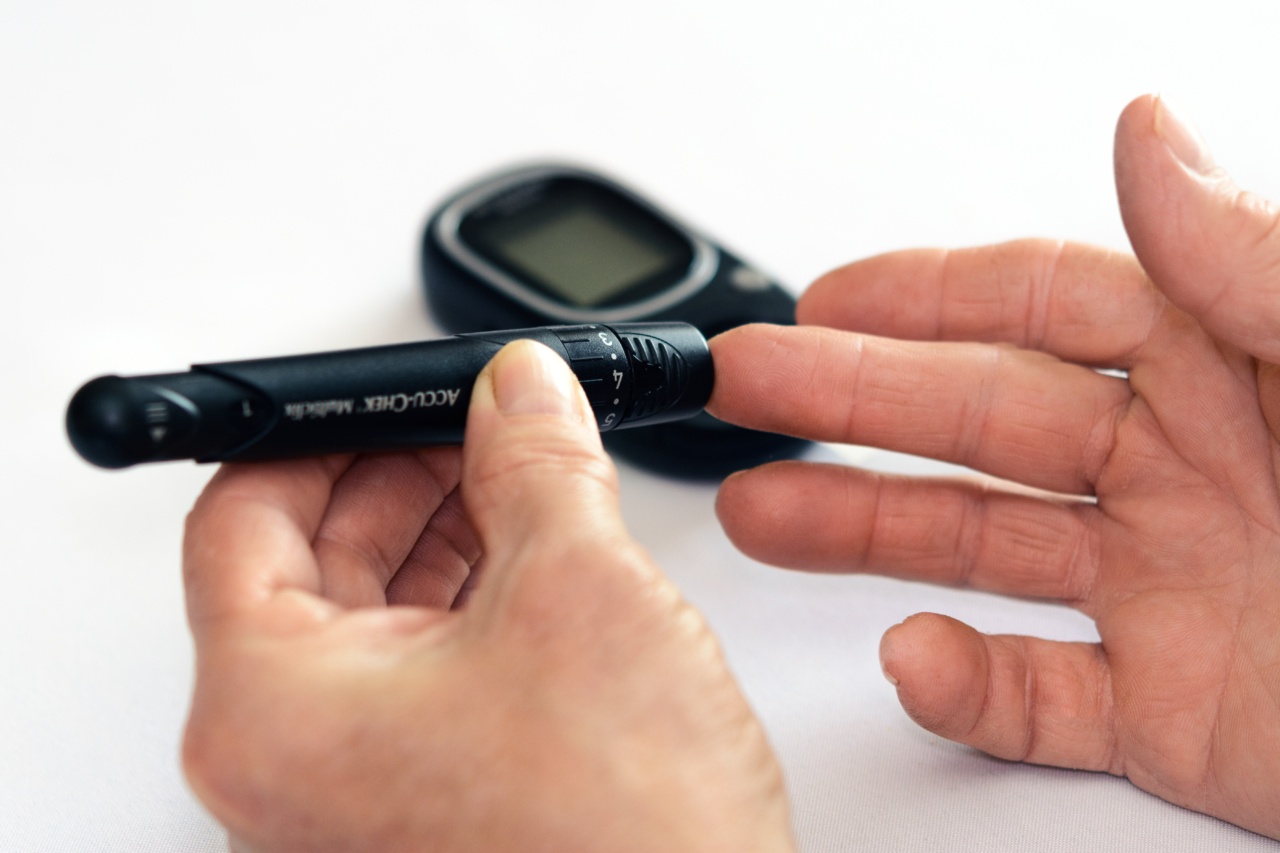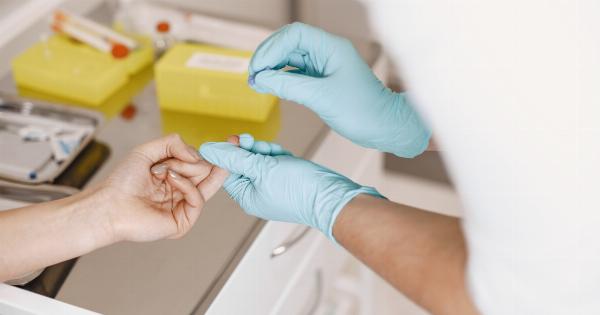Diabetes is a chronic condition that affects millions of people worldwide. It occurs when the body’s ability to regulate blood sugar levels is impaired, leading to high blood sugar levels over time.
This high blood sugar can cause damage to various organs and tissues in the body, including the feet. Foot health is particularly crucial for individuals with diabetes, as they are at a higher risk of developing foot complications.
In this article, we will explore the relationship between diabetes and foot health, the common foot problems faced by individuals with diabetes, and some tips for maintaining optimal foot health.
The Relationship between Diabetes and Foot Health
Diabetes can have a significant impact on foot health due to its effects on blood circulation and nerve function. Elevated blood sugar levels can cause damage to blood vessels, reducing blood flow to the feet.
This impaired circulation can lead to various complications, including slow wound healing and increased risk of infection.
Additionally, diabetes can damage the nerves in the feet, a condition known as peripheral neuropathy. Peripheral neuropathy can cause numbness or tingling sensations in the feet, making it difficult to detect injuries or blisters.
Individuals with diabetes may not feel pain or discomfort from minor foot problems, leading to delayed treatment and potential complications.
Common Foot Problems in Individuals with Diabetes
Several foot problems are more prevalent in individuals with diabetes than in the general population. These problems include:.
1. Diabetic Neuropathy
As mentioned earlier, diabetes can damage the nerves in the feet, leading to peripheral neuropathy.
This condition can result in a loss of sensation in the feet, making it essential for individuals with diabetes to regularly inspect their feet for any signs of damage or injury.
2. Foot Ulcers
Foot ulcers are open sores or wounds that often develop on the soles of the feet. The reduced blood flow and impaired healing associated with diabetes make it challenging for these ulcers to heal.
If left untreated, foot ulcers can become infected and potentially lead to more severe complications.
3. Fungal Infections
Individuals with diabetes are more susceptible to fungal infections, such as athlete’s foot.
High blood sugar levels create an ideal environment for fungal growth, and the reduced ability to fight infections further increases the risk of developing these infections.
4. Calluses and Corns
Calluses and corns are areas of thickened skin that commonly develop on the feet. They can occur due to excessive pressure or friction on certain areas of the feet.
Individuals with diabetes may be more prone to developing calluses and corns, and if left untreated, they can lead to more severe foot problems.
5. Charcot Foot
Charcot foot is a severe condition that affects individuals with peripheral neuropathy. It involves the weakening of the bones in the foot, which may eventually cause fractures or deformities.
The reduced sensation in the feet makes it challenging to detect this condition in its early stages, making regular foot examinations crucial.
Maintaining Optimal Foot Health
While individuals with diabetes are at a higher risk of developing foot problems, proper foot care can significantly minimize these risks. Here are some essential tips for maintaining optimal foot health:.
1. Daily Foot Inspections
Inspect your feet thoroughly every day, checking for any cuts, sores, blisters, or changes in color or temperature. If you have difficulty inspecting your feet, use a mirror or ask a family member for assistance.
2. Clean and Moisturize
Wash your feet daily using mild soap and warm water, ensuring to dry them thoroughly, especially between the toes. Apply a moisturizer to prevent dry and cracked skin.
Avoid applying moisturizer between the toes, as it can create a damp environment favorable to fungal growth.
3. Nail Care
Trim your toenails straight across and avoid cutting them too short. Proper nail care can reduce the risk of ingrown nails and potential infections. If you have difficulty trimming your nails, consider consulting a podiatrist.
4. Wear Appropriate Footwear
Choose shoes that fit well and provide adequate support and cushioning. Opt for breathable materials and avoid tight or narrow shoes. Use socks made of natural fibers to allow proper ventilation and moisture control.
5. Regular Physical Activity
Engage in regular physical activity to improve blood circulation and overall foot health. Consult your healthcare provider to determine suitable exercise options based on your condition.
6. Manage Blood Sugar Levels
Keep your blood sugar levels under control through medication, diet, and lifestyle adjustments. Proper diabetes management can significantly reduce the risk of developing foot complications.
7. Regular Check-ups
Visit a podiatrist regularly for foot examinations and professional care. A podiatrist can detect any potential issues early and provide appropriate treatment to prevent complications.
Conclusion
Individuals with diabetes need to prioritize foot health due to the increased risk of developing foot complications. Regular foot inspections, proper hygiene, nail care, and suitable footwear are essential for maintaining optimal foot health.
By managing blood sugar levels and seeking professional care, individuals with diabetes can minimize the risk of foot problems and enjoy a high quality of life.




























